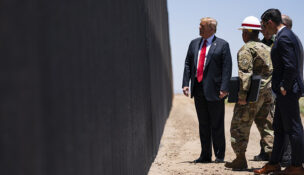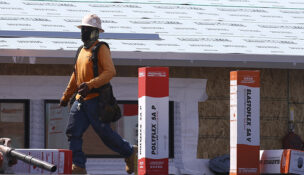‘Merci’ train – France’s WW2 gift to U.S. – goes on display at Capitol
Arizona Capitol Reports Staff//May 18, 2007//[read_meter]
‘Merci’ train – France’s WW2 gift to U.S. – goes on display at Capitol
Arizona Capitol Reports Staff//May 18, 2007//[read_meter]
Only 48 more to go One of the Gratitude Train’s 49 boxcars is shown being lifted off a ship in 1949 just arrived from France. The photo is part of...
No tags for this post.

















